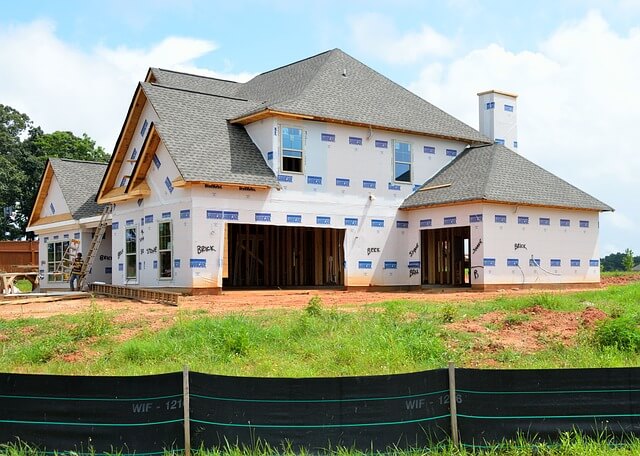Green construction is a dynamic field that’s constantly evolving with the coming of fresh technology, the economic system and social change.
The fame of sustainable building has increased in recent years in reaction to growing concerns about global climate change, as well as the slumping supply of renewable resources.
Particular building materials and techniques are considered “greener” than others as they have qualities that downplay their impact on the Earth. Nontoxic, renewable, sturdy, or recycled products might be considered green.
Materials
Flooring is great place to begin when attempting to make greener building selections. A few woods are less renewable than others, and carpeting frequently contains VOCs (volatile organic compounds) that have a damaging impact on indoor air quality. Bamboo has gotten to be a popular choice for flooring, as it replenishes really quickly.
Cork, which is removed from the exterior of a living tree at intervals, is attractive, natural, really renewable and gentle on the body. Additional green flooring options include sisal, eucalyptus, reused carpet tiles, reused rubber, wool carpeting, linoleum and reclaimed wood.
On drives and walkways, particularly engineered cement that’s porous and lets water sink in instead of runoff and pollute waterways is environmentally friendly.
Likewise, utilizing light-colored concrete, peculiarly in urban areas, helps reduce temperature. For buildings, a comparatively new technology called TX Active has emerged, which in reality “eats” pollution.
Insulation is really crucial in green construction as it helps conserve energy. In the past, asbestos was utilized for insulation, but it’s since been banned or restricted in a lot of countries because of health perils. Great sustainable choices for insulation are those made from reused paper and wood pulp, soy, cotton, recycled plastic or cork.
A green roof is enshrouded in vegetation that minimizes run-off.
A crucial feature of green roofing is its durability; sustainability may frequently be as simple as avoiding or limiting waste. Composite cedar shingles reject moisture, mildew and insects, which prolongs their life.
Metal roofing materials that have solar reflective qualities likewise have benefits, particularly in hot climates. Living roofs, which are covered in substantial plant life, reduce the “heat island effect” that’s stimulated by a lack of evaporation in areas that have a lot of concrete and asphalt surfaces.
Breakthroughs in applied science have made glass a popular green building material. Windows manufactured of layered panes separated by sealed, gas-filled compartments supply insulation that preserves energy. Additionally, windows and doors may likewise be covered in special low-emissivity coatings that utilize or block natural solar rays to help govern indoor temperatures.







